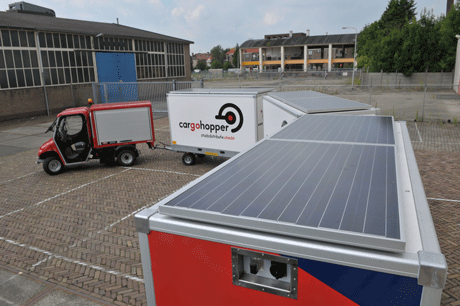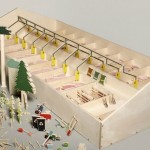“Widespread installed renewable electricity capacity would be a very good resource to have available in an era of financial austerity at the peak of global oil production, but the mechanisms that have been chosen to achieve this are clearly problematic. They plug into, and depend on, a growth model that not longer functions. If we are going to work towards a future with greater reliance on renewable energy, there are a number of factors we must consider. These are not typically addressed in the simplistic subsidy programmes that are now running into trouble worldwide.
We have power systems built on a central station model, which assumes that we should build large power station distant from demand, on the grounds of economic efficiency, which favours large-scale installations. This really does not fit with the potential that renewable power offers. The central station model introduces a grid-dependence that renewable power should be able to avoid, revealing an often acute disparity between resource intensity, demand and grid capacity. Renewable power (used in the small-scale decentralized manner it is best suited for) should decrease grid dependence, but we employ it in such a way as to increase our vulnerability to socioeconomic complexity.
Renewable energy is best used in situ, adjacent to demand. It is best used in conjunction with a storage component which would insulate consumers from supply disruption, but Feed-In Tariff (FIT) programmes typically prohibit this explicitly. Generators are expected to sell all their production to the grid and buy back their own demand. This leaves them every bit as vulnerable to supply disruption as anyone who does not have their own generation capacity. This turns renewable generation into a personal money generating machine with critical vulnerabilities. It is no longer about the energy, which should be the focus of any pubicly funded energy programme.
FIT programmes typically remunerate a wealthy few who install renewables in private applications for their own benefit, and who may well have done so in the absence of public subsidies. If renewables are to do anything at all to help run our societies in the future, we need to move from publicly-funded private applications towards public applications benefitting the collective. We do not have an established model for this at present, and we do not have time to waste. Maximizing renewable energy penetration takes a lot of time and a lot of money, both of which will be in short supply in the near future. The inevitable global austerity measures are not going to make this task any easier.”






